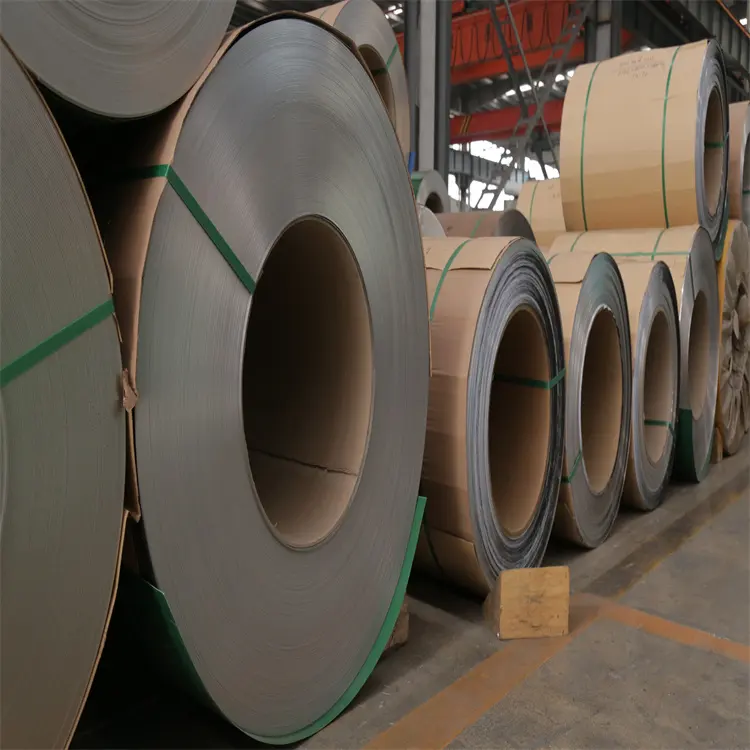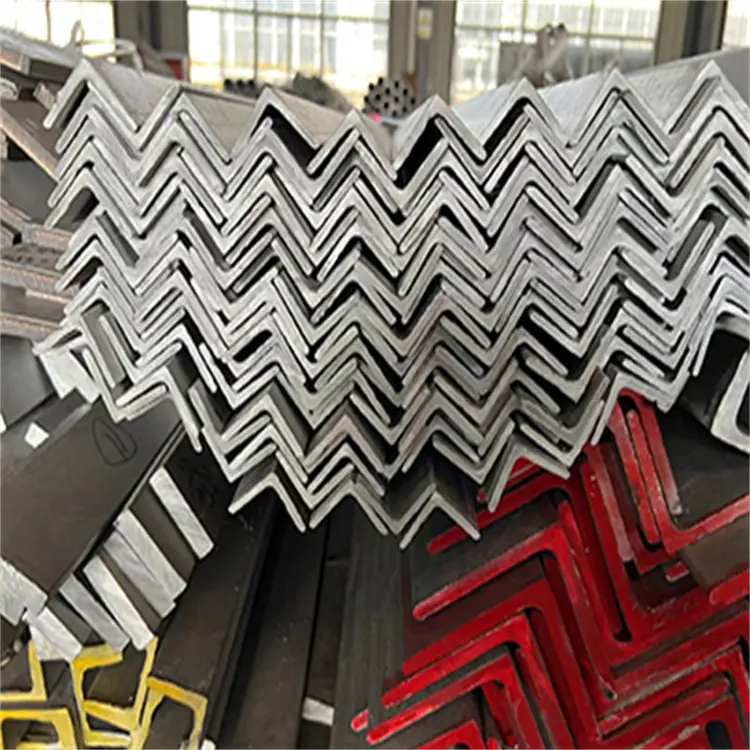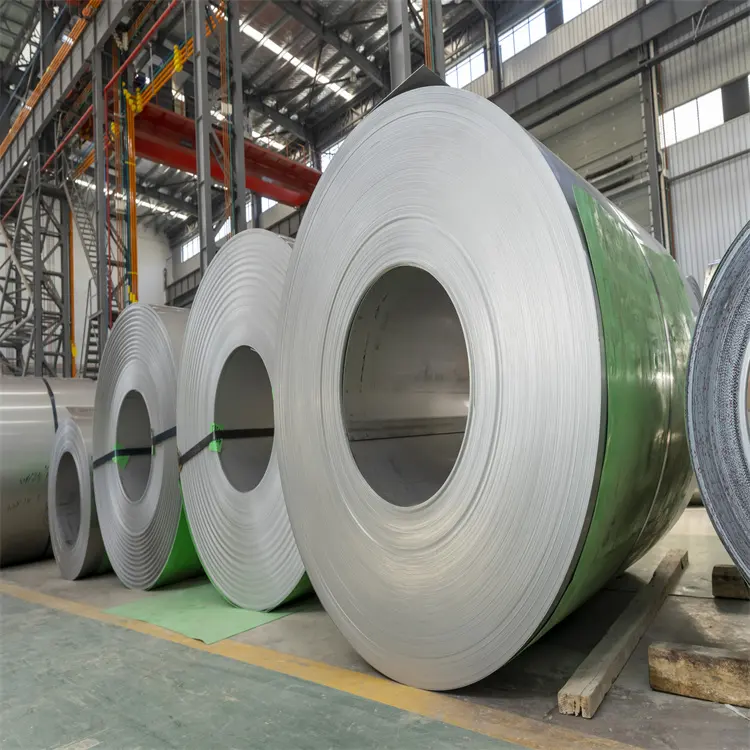rostmentes acél rúd ára
A rostalan acél rúd ára jelentős tényező az ipari beszerzésben, tükrözi a piaci dinamikát és anyag minőségét. Ezek a rúdok számos gyártási folyamatban alapvető komponensek, amelyek értékelése több kulcsfontosságú tényező alapján történik, beleértve a fokozat összetételét, a dimenziós pontosságot és a felületi befejezést. Az árszerkezet általában a nyersanyag költségeket, a gyártási folyamatokat és a piaci kereslet ingadozásait foglalja magában. A modern gyártási technikák konzisztens minőséget biztosítanak versenyképes árakkal, elérhetők a különböző fokozatokból, az austenitikusoktól a martenzitikus acélokig. Az árzóna tényezőket figyelembe vesz, mint például a cróm és níkel tartalmat, amely közvetlen hatással van a korrozión elleni ellenállásra és mechanikai tulajdonságokra. A piaci tendenciák azt mutatják, hogy a rostalan acél rúd árai gyakran korrelálnak a globális termékeszköz-piacokkal, különösen a níkel és cróm áraival. Az ár további feldolgozási költségeket is tükröz, például a hőfeldolgozást, a felületi befejezést és az minőségi igazolást. A gyártók és beszállítók általában térfogat-alapú árfokaként ajánlkoznak, lehetővé téve a vásárlóknak a beszerzési költségeik optimalizálását. Az árpont szintén figyelembe veszi a konkrét ipari szabványoknak való megfelelést, biztosítva, hogy a rúdok megfeleljenek a szabályozásoknak a építés, autóipar és repülészeti szektorokban.


